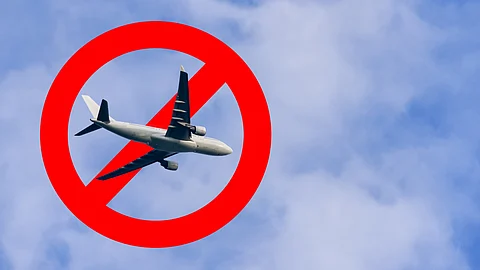
- Destinations
- Experiences
- Stay
- What's new
- Celebrating People
- Responsible Tourism
- CampaignsCampaigns
- SubscribeSubscribe
- Buy Now

The busy UAE–India air corridor has been hit by widespread disruptions due to the closure of multiple airspaces in the West Asian region. Flights between the two countries—among the most heavily travelled in the world—have faced delays, cancellations, and last-minute rescheduling, affecting hundreds of passengers.
The air corridor typically transports over 10 million passengers annually, with both UAE residents and Indian tourists forming a major part of the travel flow. Recent regional tensions have led to airspace closures over parts of Iran and Oman, which in turn have impacted flight paths, caused congestion, and triggered rerouting.
Low-cost and full-service carriers alike have had to adjust schedules. Several India-bound flights from UAE airports, particularly services to cities such as Lucknow, Kochi, and Mangalore, were either delayed or cancelled. Inbound flights into the UAE from Indian cities also reported disruptions.
Airlines operating in the region have cited “congestion in air corridors” and “operational challenges” as the reason for the delays. In some cases, airlines issued advisories asking passengers to stay updated via their websites and contact centres. A few carriers also confirmed that re-accommodation and hotel support were being provided to severely impacted travellers.
Dubai and Sharjah airports reported working with airlines and relevant authorities to minimise inconvenience to passengers. Travellers were urged to check flight statuses before heading to the airport to avoid unnecessary delays.
In addition to direct travellers, several transit passengers also faced difficulties. Some missed connecting flights due to extended detours on incoming services, while others had to spend additional time in transit lounges or rebook on later flights.
Experts say that although the UAE–India corridor does not directly overfly the currently restricted airspaces, the ripple effects have caused a bottleneck. With more aircraft now using limited alternative routes, air traffic control delays have increased significantly.
Airlines continue to monitor the situation, and normal services are expected to resume once regional airspaces reopen or traffic volumes stabilise. Meanwhile, passengers are advised to remain flexible with their travel plans and stay in touch with airlines for the latest updates.
(With inputs from multiple news reports)
